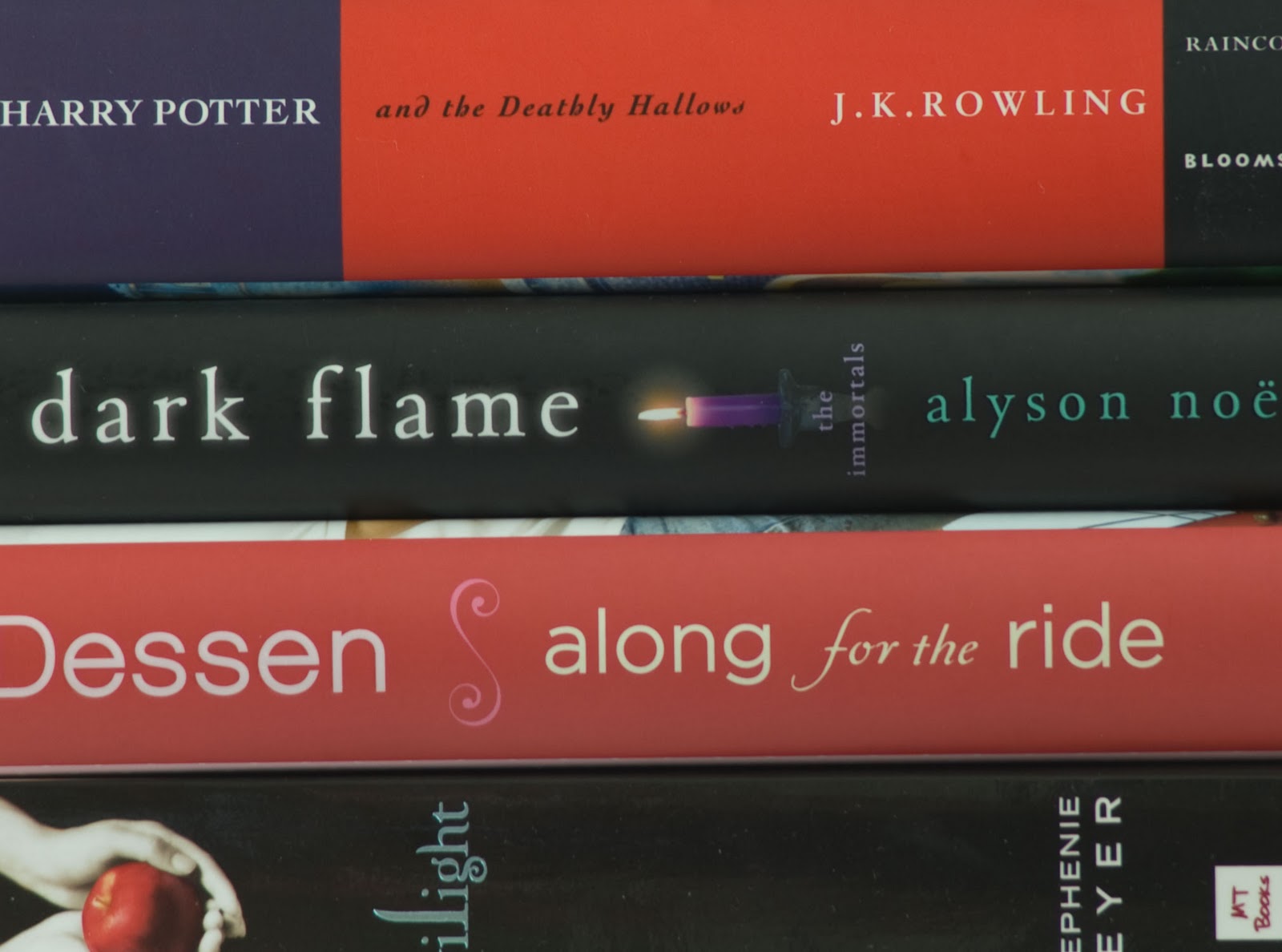Purple Prose:
YA
What’s in a Name?

Choosing the Publication Pathway

Writing Steamy in YA
Page Turners in Romance (YA and adult)

Chain Reaction
I'm Not Her

Why Do You . . . ?

I Would Have Given Anything To Be Like . .

Just Kiss Already Blogfest

That's YAmore Blogfest

Don’t Do As They Do

Q & A with Joanna Volpe

Inside The Teenage Brain

Teen Logic Verses Adult Logic
